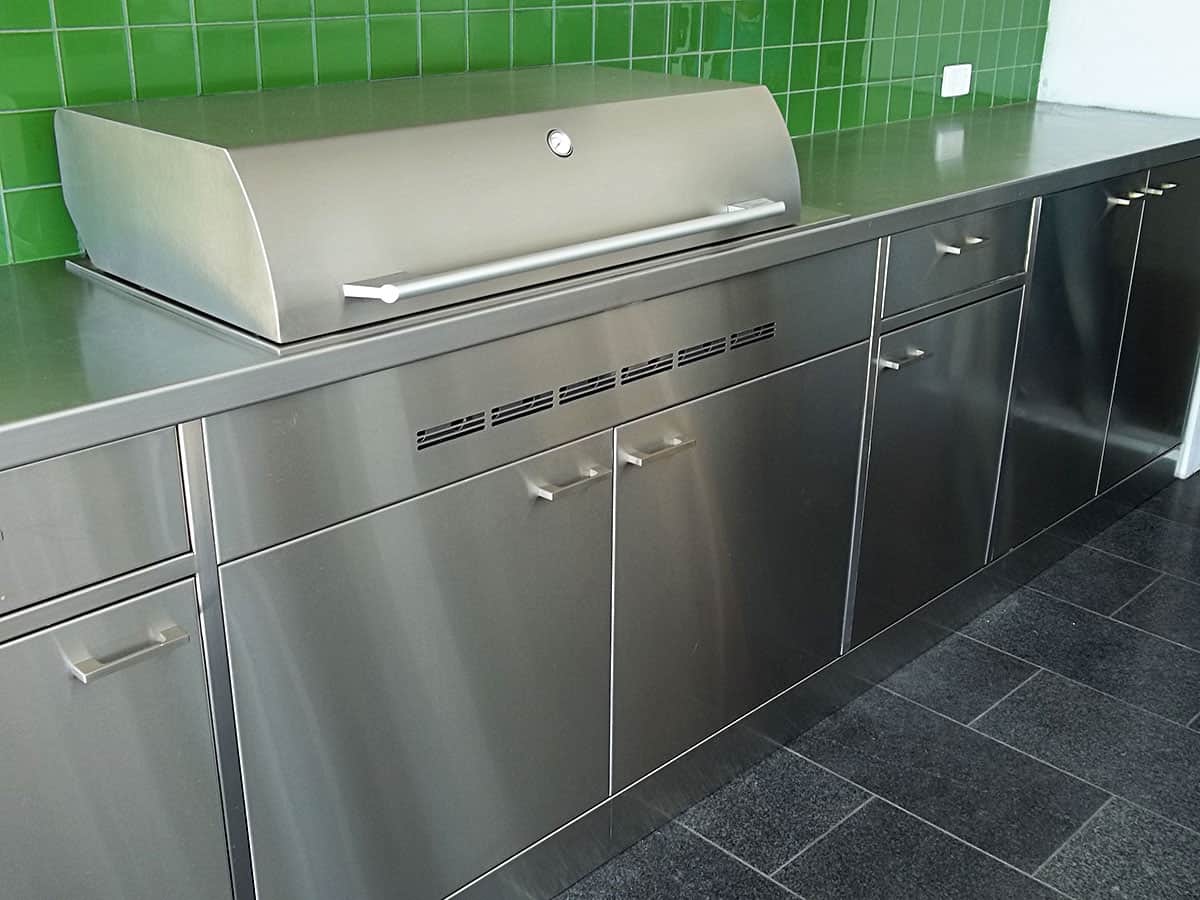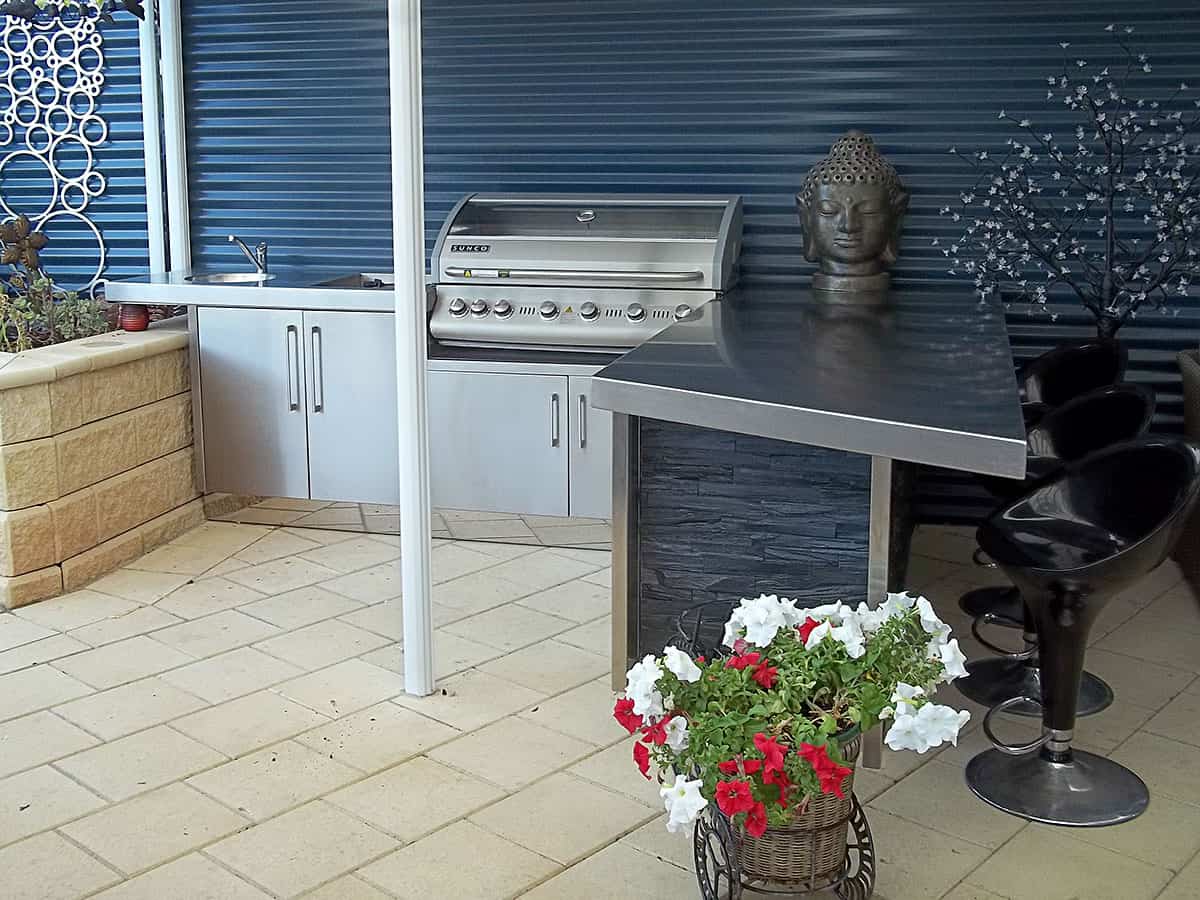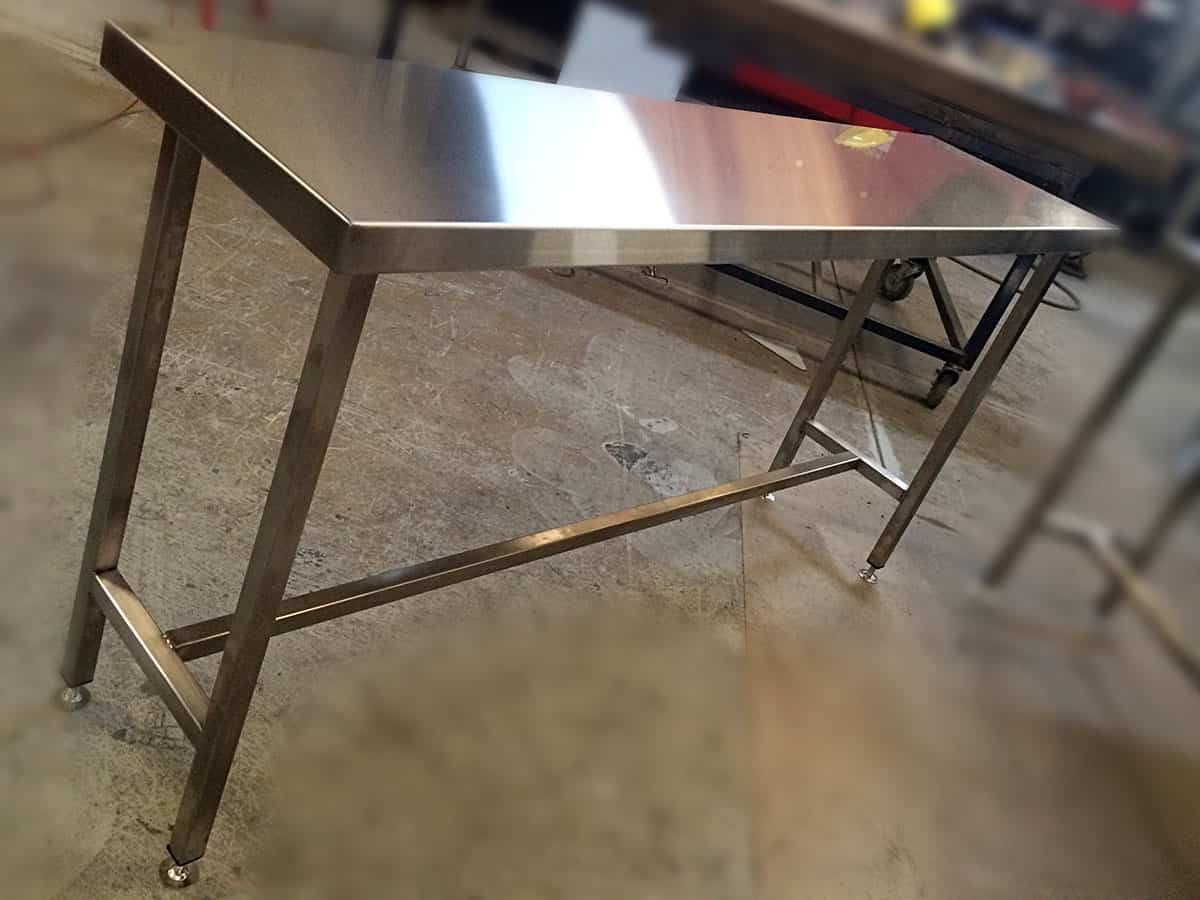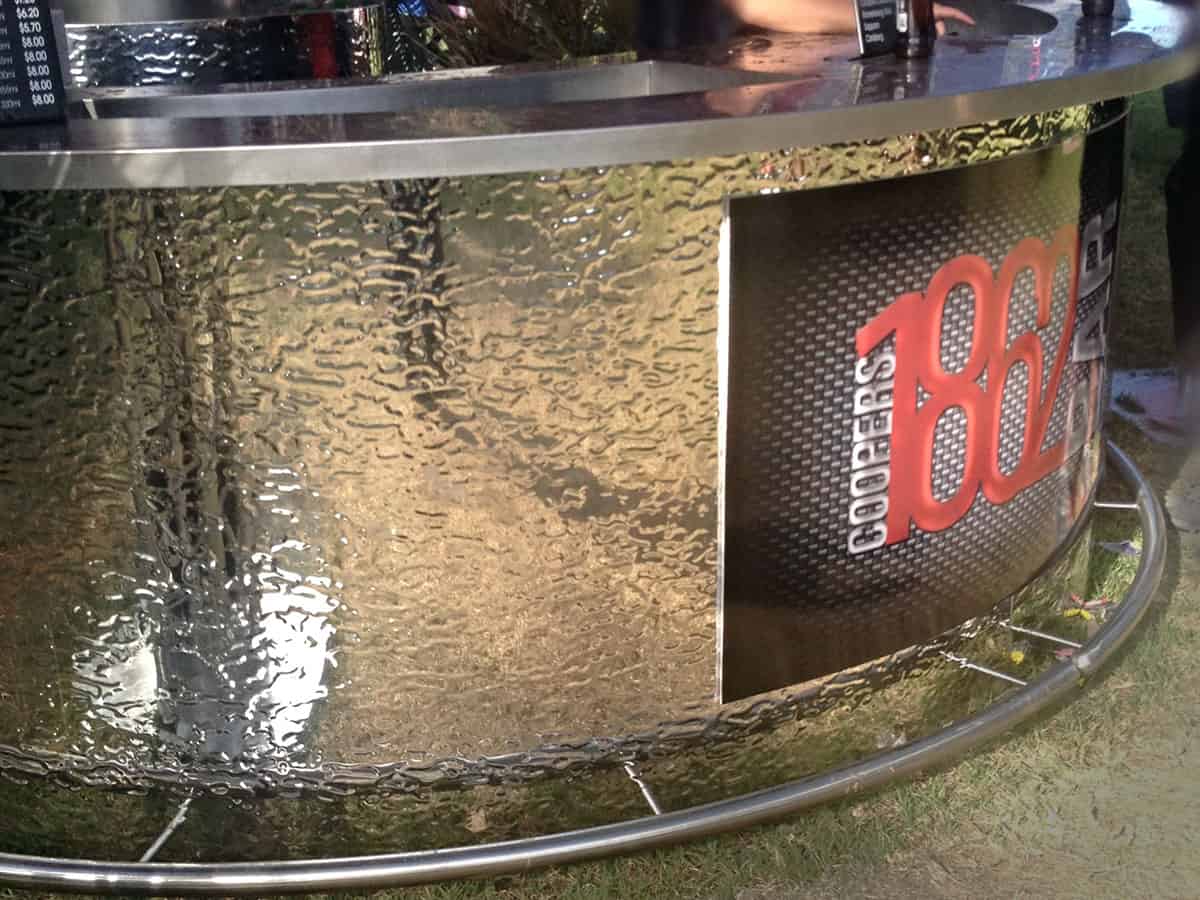"stain-less-steel"
NOUN
A form of low maintenance, low carbon steel containing chromium, and resistant to tarnish and rust.
'Stainless' is a term coined in the early development of cutlery applications. It was adopted as a generic name and now covers a wide range of steel types that offer corrosion or oxidation resistant applications. Stainless steels are iron alloys with a minimum of 10.5% chromium. The rust resistance combined with stainless steel's resistance to high and low temperatures makes it ideal for a broad variety of applications across a range of industries.
The grade of stainless steel has a major influence on its performance and needs to be matched to the environment of each project. All stainless steel has a high resistance to corrosion. Low alloyed grades (Grade 304) resist corrosion in atmospheric conditions, while highly alloyed grades (Grade 316, Marine Grade) can resist corrosion in most acids, alkaline solutions and chloride bearing environments. At Ackland, we make it our business to fully understand your project and recommend the right stainless steel for the job!
The influence of grade on the performance of stainless steel is fairly well known. However it is less well known that surface finish has an equally important role in determining corrosion resistance. Poor quality polished finishes can lead to disappointing performance of stainless steel. We fabricate in many finishes using standard stainless steel sheets and Rimex stainless steel products.
Stainless steel is 100% recyclable. Any new stainless steel normally contains around 50-80% recycled material.
The aesthetic appeal of stainless steel makes it a very popular choice for many domestic, commercial and industrial applications. It is simple to maintain a smooth clean finish with a damp cloth, or using low cost stainless steel surface wipes. Regular maintenance provides a fresh, clean appearance, lasting years.





